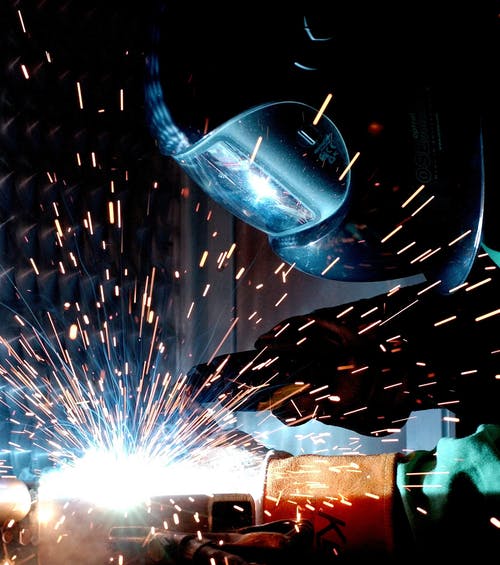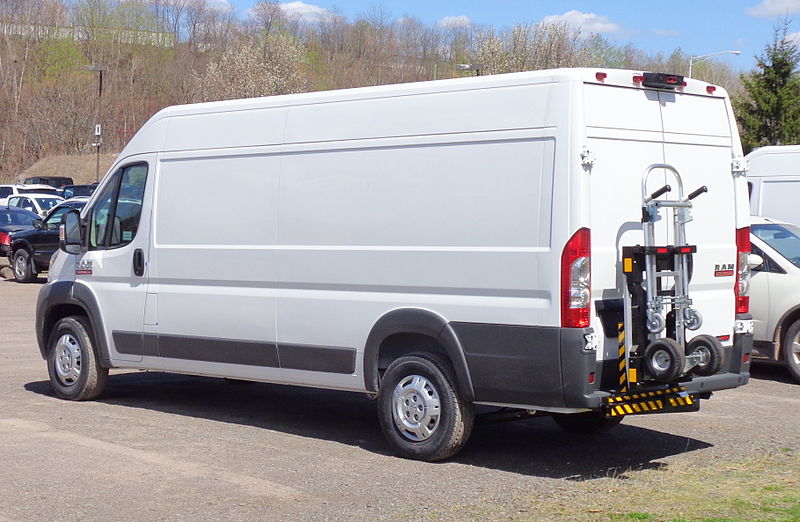When it comes to steel manufacturing, our equipment can be our largest asset, surpassing even our buildings in terms of worth. Because of that, the majority of us ensure that this equipment is as protected as possible. The majority of us install security systems in our buildings, as well as having insurance for the equipment itself. However, what many of us may forget about is wear and tear during the manufacturing process. While this may not be a significant problem over the course of a day or week, it can build up to cause a significant amount of damage. It can prove vital in reducing this wear and tear as much as possible. However, not many of us know how to properly protect our equipment from this damage. That being said, there are a few notable ways of doing so.
How To Prevent Wear & Tear
There are many ways to minimize and even prevent wear and tear damage from affecting equipment. Perhaps one of the most popular of these methods is Hard Chrome Plating which has been shown to have quite a considerable effect on the process. This is chiefly because it is secured onto your equipment in a number of key areas to help protect it. As such, this will take the brunt of this damage throughout the manufacturing process.
It has been shown to drastically reduce wear and tear. Furthermore, this is one of the more popular types of wear plates which can often be made with quite a variety of materials. That being said, hard chrome plating has consistently been one of the popular materials to choose from. There are a variety of different types of wear plates that can be used for different types of wear and tear. As such, they’ll need a significant amount of thought before being purchased and installed in your equipment.
Types Of Wear & Tear
There are quite a few different types of wear and tear, especially when it comes to steel manufacturing. However, there are four types that are relatively common, with abrasion being one of the most common. This is when particles become trapped between two surfaces which are then scraped against them as they move back and forth. As a result of this, one or both of these surfaces will suffer a certain degree of damage, typically in whichever is the softer of these materials.
Corrosion is another relatively common process in a manufacturing plant. While this is something that affects steel regardless of where it is, it can be accelerated by temperature. This is why the process can be sped up in a plant. Friction can also be a significant cause of damage, as materials and surfaces are brushed up against each other constantly during the manufacturing process. While lubrication is an effective way of minimizing and preventing this, if this is of substandard quality, then it may not do much good.
The last type of wear and tear that you’ll need to worry about it fatigue. This occurs because of subsurface cracking which is caused by cumulative rolling contact. As a result, it’s chiefly seen in the likes of rollers and pitch lines of gear teeth. This can cause pieces of equipment or materials to eventually break off, which can end up causing quite a considerable amount of damage on top of the fatigue. This can be one of the more significant things that you should look for in your plant.
While the equipment used in steel manufacturing may not be affected by each of these types of wear and tear, they can be affected by many of them. Because of that, it can often be vital to ensure that your equipment is as protected as possible. Having said that, the different types of wear plates and other protective methods we have mentioned can be the best way to protect this equipment.
Certain methods may only be effective against certain types of damage. With that in mind, you should put quite a significant amount of consideration into what kind of wear and tear your equipment experiences and which wear plates will be the most effective against this.



